A
Auto Express
Guest
Verdict
The Hyundai i30 N was already a good, going on great hot hatch. But the addition of an excellent (though still optional) eight-speed dual clutch gearbox has made it better still. As has a range of other small but significant improvements to the i30 N in general, both inside and out.
The runaway success of the Hyundai i30 N has now become a legend within its own lifetime – to a point where even Hyundai itself admits it never dreamed the model would be so well received or, more to the point, prove to be so successful commercially. Only VW’s Golf GTi sells in greater numbers within this class, and that’s had almost half a century to perfect the art.
And now Hyundai has made the i30 N better still, with a range of cosmetic and technical upgrades inside and out plus the addition of a new eight-speed dual clutch automatic gearbox. We test it here in Fastback form but it’ll be available in both i30 Ns for (approximately) an extra £1,500 when the revised car goes on sale in March. As yet Hyundai can’t confirm exact prices due to a thing called Brexit, the full effects of which on new car prices won’t be known until next year.
- SEE MORE Best hot hatchbacks 2020
Yet whatever it might cost once tariffs may or may not have been added, the revised i30 N will still represent strong value beside its closest competition. It might be one of the sharpest hot hatchbacks money can buy but it’s still a Hyundai, which means it will always be very competitively priced, very well made, unusually well-equipped and come with that same appealingly long warranty.
Visually the car appears the same fundamentally on the outside but there are some subtle styling alterations around the nose, tail and along the side skirts that freshen the look rather than radically alter it. LED lights become standard plus there are new 19-inch wheels and tyres, wearing Pirelli P-Zeros in the case of the test car. These, claim Hyundai, reduce the unsprung mass by an impressive 3.5kg at each corner, so by 14kg in total.
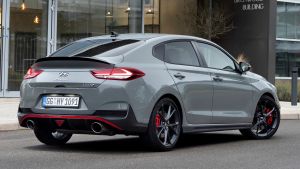
image
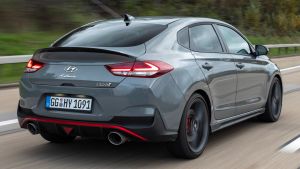
image
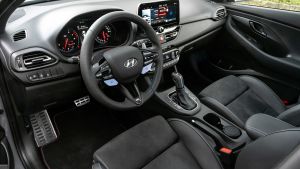
image
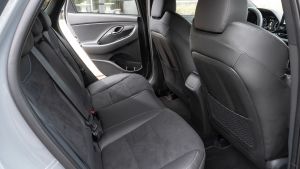
image
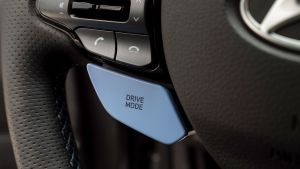
image
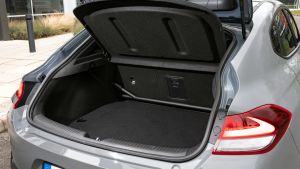
image

image
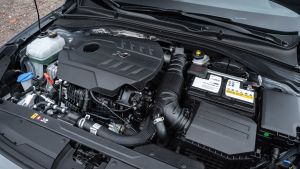
image
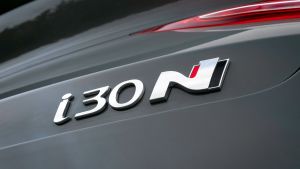
image
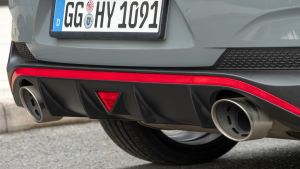
image

image

image
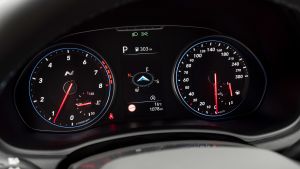
image
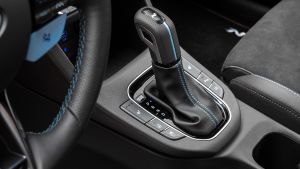
image
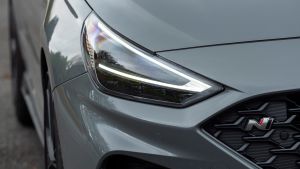
image
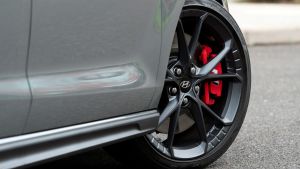
image
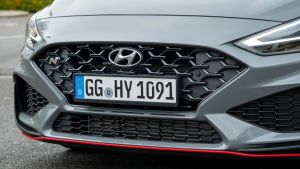
image
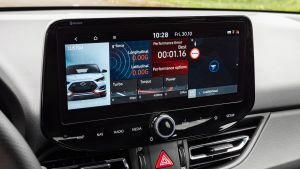
image
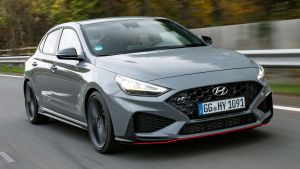
image
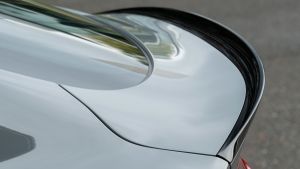
image
Inside there’s a bigger, more comprehensive 10.25-inch central display touchscreen, beefier front seats as an option and an extra sense of quality to the level of build somehow. It feels even more of a class act inside, the i30 N, with a more solid feel to most of the controls, despite Hyundai claiming there are no differences in build techniques. Chalk this up as evolution but, either way, it feels like a more expensive car inside. And on the move it goes better than ever, too.
The 2.0-litre turbocharged engine is unchanged in fundamental terms but, again, feels more refined on the move and certainly goes a touch harder than before, the result of a small 5bhp power increase to 278bhp and a decent additional hit of torque, which rises by 39Nm to 392Nm. It feels very much as if Hyundai has fitted new engine mounts to improve the overall damping and therefore perceived refinement of the engine, particularly at higher revs, but no such boast is made within the press materials.
So perhaps Hyundai’s N-Division is adopting the same policy as the various German sports car makers by evolving and improving its models quietly behind the scenes without shouting about doing so from the rooftops.
Either way, performance of the i30 N has gone from good to borderline great thanks to a combination of its slightly stronger engine and, best of all, its brilliant new DCT gearbox. There are eight ratios but eighth is quite obviously an overdrive gear that’s good for 40mph per 1,000rpm to give significantly better fuel consumption on longer journeys. The motor is still strong enough to pull such a long gear, but it’s what happens in the first seven ratios that’s rather more appealing.

image

image

image

image

image

image

image

image

image

image

image

image

image

image

image

image

image

image

image

image
Hyundai has got everything right with this new gearbox. The ratios are much closer than in the six-speed manual so the in-gear acceleration is stronger, no matter which mode you select.
In Normal, Sport or Eco and left to its own devices in D, the i30 N just gets on with things, giving a far more relaxed demeanour than the six-speeder. Yet when the right road appears and you’re in the right mood, you just flick the lever across to select manual, hit the N-mode button on the steering wheel and, kaboom, the beast from within is awoken and your i30 N becomes a BTCC car with number plates, with auto blips on downshifts, bangs and crackles from the exhaust and a fast but well damped thump in the back during upshifts. And it’s this extra range of ability that adds most obviously to the overall appeal of the i30 N DCT.
There’s even a new mode called NGS – which somewhat cringingly stands for N Grin Shift. You access this by pressing yet another button on the steering wheel and for 20 seconds it whacks everything into maximum attack. But if you’re in N mode and already have the lever in manual, it doesn’t make a whole lot of difference to be honest and feels like more of a marketing gimmick than it does a technical breakthrough.
Otherwise, though, the revised i30 N with its optional new DCT is just a damn fine hot hatchback, one that’s become even more engaging to drive when you want it to be, yet considerably more chilled in its delivery when you don’t. Quite a car, in other words.
| Model: | Hyundai i30 N Fastback DCT |
| Price: | £32,500 (est) |
| Engine: | 2.0-litre 4cyl, turbo, petrol |
| Transmission: | Eight-speed auto dual clutch, front wheel-drive |
| Power/torque: | 278bhp/392Nm |
| 0-62mph: | 5.9 seconds |
| Top speed: | 155mph (limited) |
| Economy: | TBC |
| CO2: | TBC |
| On sale: | March 2021 |
Continue reading...
